Tall Stems With Trident Leaves?
blakrab Centex
last year
last modified: last year
Featured Answer
Comments (12)
blakrab Centex
last yearlast modified: last yearRelated Professionals
Wareham Landscape Architects & Landscape Designers · Salem Landscape Contractors · Brockton Landscape Contractors · Mission Landscape Contractors · Selden Landscape Contractors · West Haverstraw Landscape Contractors · Simi Valley Landscape Architects & Landscape Designers · Brookline Landscape Contractors · Cornelius Landscape Contractors · Mendota Heights Landscape Contractors · Woodburn Landscape Contractors · Coconut Grove Window Contractors · Huntington Park Window Contractors · Milwaukee Window Contractors · Washington Window Contractorsblakrab Centex
last yearblakrab Centex
last yearblakrab Centex
last yearlast modified: last yearblakrab Centex
last yearblakrab Centex
7 months ago
Related Stories
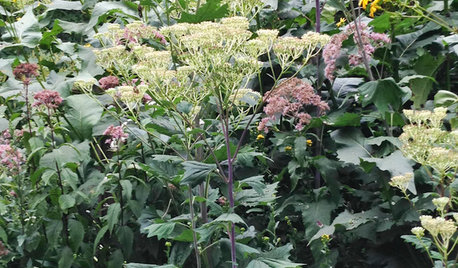
GARDENING GUIDESGreat Design Plant: Pale Indian Plantain Stands Tall and Proud
Height and generous flower heads earn Arnoglossum atriplicifolium the attention of both human and insect visitors
Full Story
HOUSEPLANTSAim High With This Tall African Houseplant
Corn dracaena can give you a big splash of green with little fuss
Full Story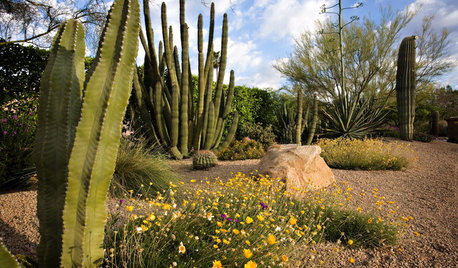
SOUTHWEST GARDENINGTall Cactuses Bring Drama to Southwestern Gardens
See how 5 columnar cactuses add a striking design element to warm-weather gardens, courtyards and entries
Full Story
GARDENING GUIDESSmall Carpenter Bees Are Looking for a Home in Your Plant Stems
Provide flowers and nesting sites in your garden for this beautiful, tiny, metallic blue wild bee — your plants will thank you
Full Story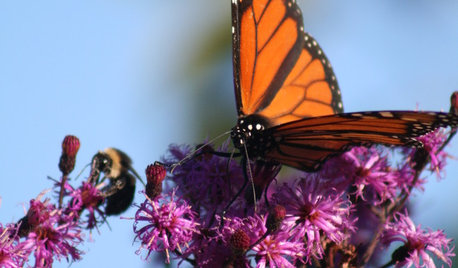
GARDENING GUIDESGreat Design Plant: Ironweed Fills Tall Garden Orders
Height, a slender form and a taste for wet soil make this native perfect for rain garden borders — and beneficial insects love it
Full Story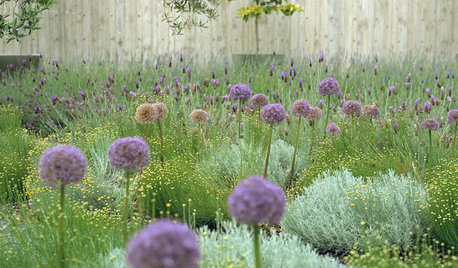
GARDENING GUIDESGreat Design Plant: Ornamental Allium
Lollipop blooms on tall, leafless stems add an architectural element to gardens of all styles
Full Story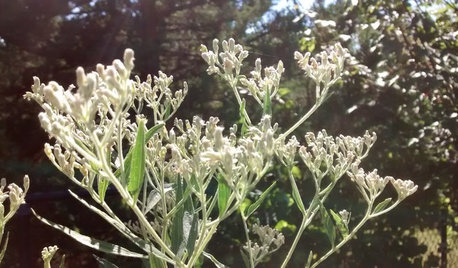
FLOWERS AND PLANTSSupport Fall Pollinators With Eupatorium Altissimum
Tall thoroughwort, also called tall boneset, is an adaptable native of the central to eastern U.S. with bright white flowers
Full Story0
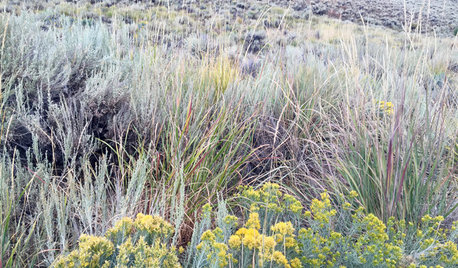
FLOWERS AND PLANTSBasin Wildrye Is a Tough Native Bunchgrass With a Big Impact
Leymus cinereus, a tall cool-season bunchgrass, brings rugged beauty and wildlife shelter to gardens in the western U.S.
Full Story0
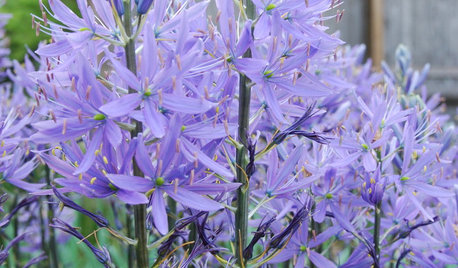
BULBSGreat Design Plant: Wild Hyacinth for a Bolt of Blue
Get knockout spring blooms on spiky stems by planting these bulbs before the ground freezes
Full Story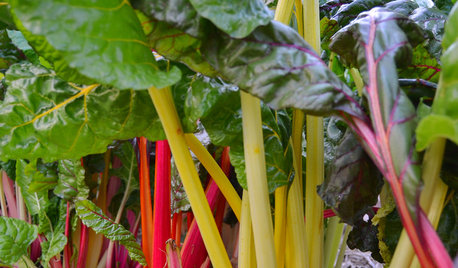
GARDENING GUIDESCool-Season Vegetables: How to Grow Chard
A year-round garden favorite with a colorful stem, Swiss chard comes into its own in early spring and in fall
Full Story






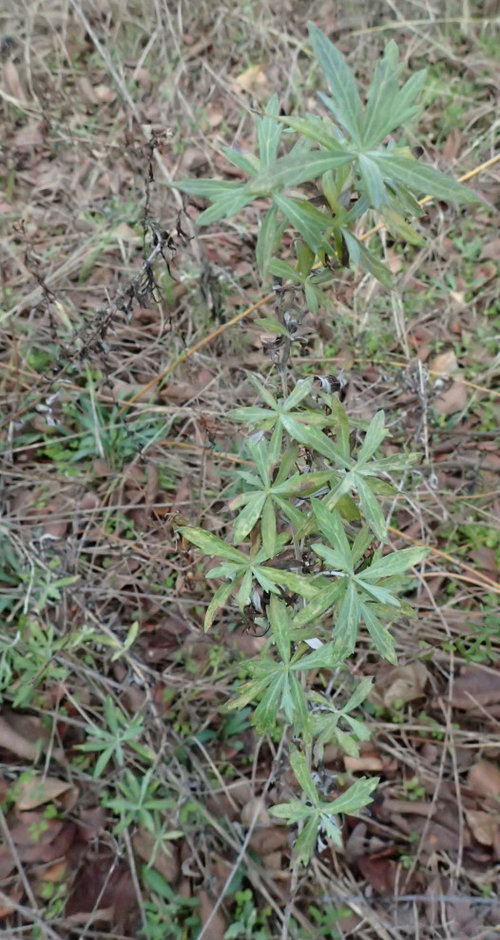
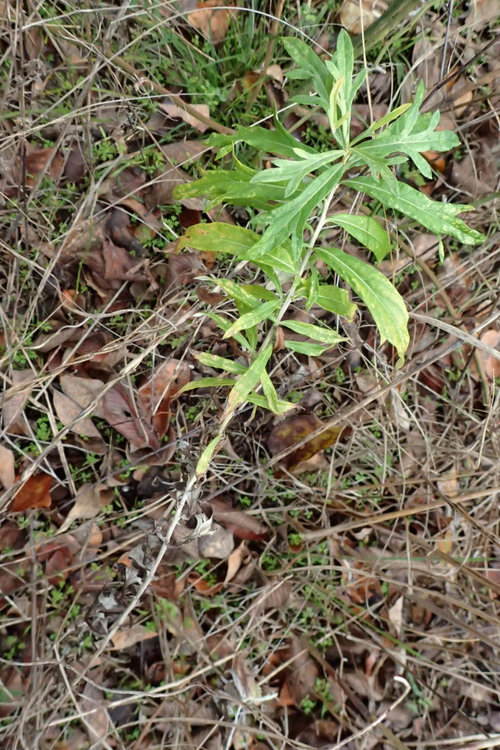
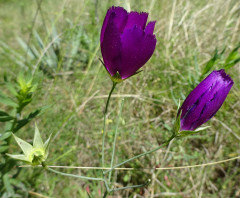


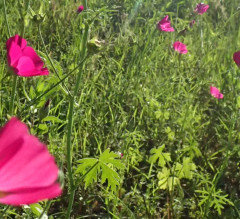
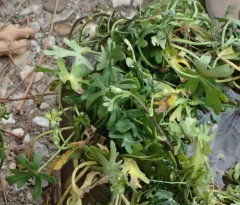




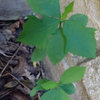



Jay 6a Chicago